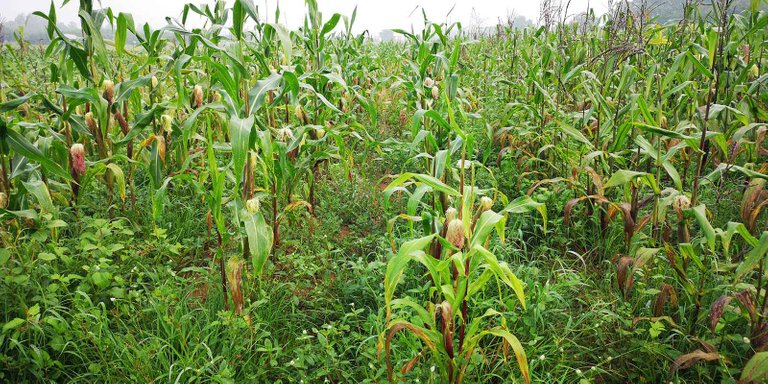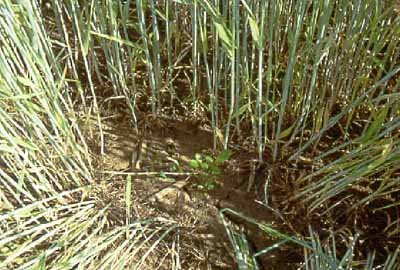The knowledge that weeds compete with crops is probably as old as the domestication of crops and the development of stable agriculture. Weed management was developed to increase productivity by eliminating competition



▶ It is clearly established that weeds cause most crop damage during certain stages of crop growth, and control during this period is especially important.

▶ Credits: geneticliteracyproject. – [Image of Public Domain]
≕ I invite you to stay tuned and read my next contribution ≔
One of the most studied aspects of interference is especially the length of the weed and non-weed periods. For some annual crops, the critical period of competition is approximately between the first third and the middle of the crop life cycle.
For example, in rice and maize, which often need 100 to 120 days to reach maturity, keeping the crop weed-free in the first 30 to 40 days usually ensures good productivity.
The first upward and downward sections show the Critical Period of Weed Competition. The last upward arrow shows the weed-free period, which indicates that to obtain high crop yields it is not necessary to control the entire weed cycle.

The general rule of thumb for the critical competition period of one-third and one-half of the crop life cycle varies considerably among crops. For example, cassava is planted in relatively wide rows and grows slowly compared to most staple food crops.
NOTE: Reference material.